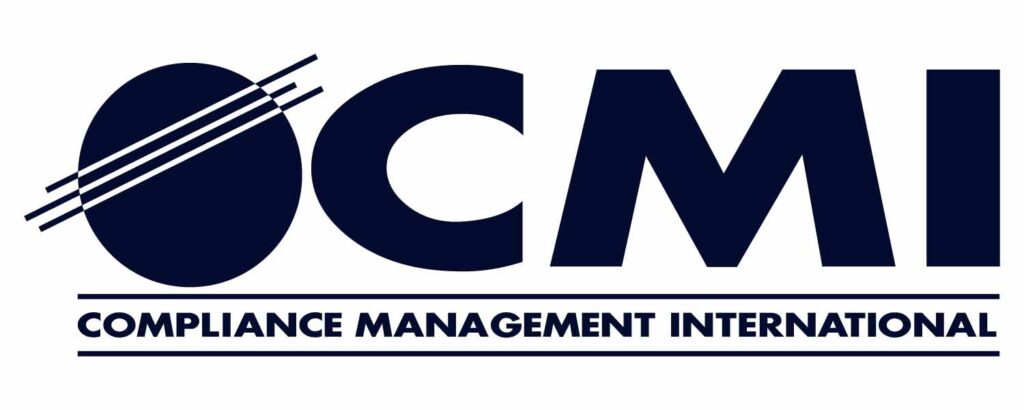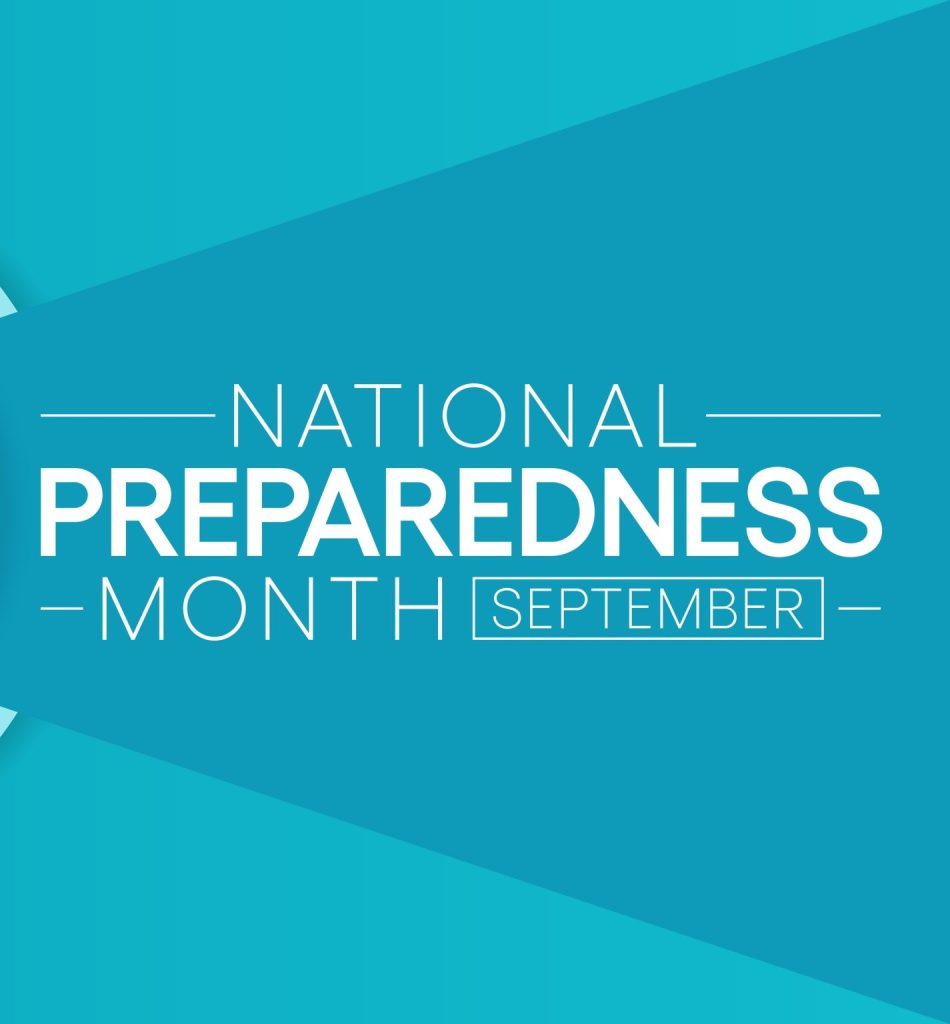Many hazards in the workplace are easily identifiable – whether it’s a chemical with clear warnings, puddles on the floor that could cause a slip, trip, or fall or electrical hazards. On the other hand, there are many health hazards that are much more difficult to identify and control. Hidden health hazards can cause serious illness, especially when regulations and industry best practices regarding air quality, noise, chemicals, and workstation setup can be difficult to understand, quantify, and comply with in-house.
Air Quality: Silica, Asbestos, and Welding Fumes
Air quality can be compromised for numerous reasons. Silica, asbestos, and welding fumes pose serious health risks and it is difficult to take all the precautions necessary to fully protecting employees and comply with the OSHA regulations. . Crystalline silica is a common mineral found in the earth’s crust, specifically in materials such as stone, concrete, mortar, and sand. The permissible exposure limit (PEL) for respirable crystalline silica is 50 μg/m3, calculated as an 8-hour time-weighted average (TWA). The industries at risk for exposure to respirable silica include those that conduct sand blasting; glass, pottery, and ceramic crafting; concrete and artificial stone manufacturing; hydraulic fracking in oil refining; stone cutting; and construction. About 2.3 million people in the U.S. are exposed to silica at work. Exposure to silica can lead to silicosis, an incurable lung disease that can lead to disability and death; lung cancer; chronic obstructive pulmonary disease (COPD); and kidney disease.
Asbestos is a naturally occurring mineral that is resistant to heat and corrosion. The permissible exposure limit (PEL) for asbestos is 0.1 fibers per cubic centimeter of air as an eight-hour TWA. Asbestos exposure mainly occurs in construction and ship repair; but also in the manufacture of textiles, friction products, insulation, and other building materials. It is also a potential exposure during automotive brake and clutch repair work. Health hazards from exposure to asbestos include asbestosis, mesothelioma, lung cancer, and several other life-threatening conditions.
Welding Fumes occur in both fusion and pressure welding and are comprised of various metals and gasses including hexavalent chromium, a known carcinogen, and phosgene, a toxic gas. Acute exposure to these fumes can cause eye, nose, and throat irritation; nausea; and dizziness. The PEL varies based on the particular metal or vapor generated. Welding is performed in a variety of workplaces including construction, manufacturing, and beyond. Prolonged exposure can lead to severe lung damage and various cancers; stomach ulcers; kidney damage; nervous system damage; and suffocation.
Noise
Occupational noise exposure can occur from a variety of sources including machinery, assembly lines, and heavy-duty equipment. Health hazards associated with noise exposure include temporary or permanent hearing loss, tinnitus, difficulty understanding others, and difficulty using the phone. The PEL that mandates the use of hearing protection is 90 dBA over an eight-hour TWA. When the noise levels meet or exceed 85 dBA over an eight-hour TWA, a detailed written Hearing Conservation Program and employee training is required. A baseline audiogram for employees working in areas with an 85 dBA TWA must be performed within the first 6 months of exposure, as well as on an annual basis thereafter. If there is a shift in hearing, testing may need to be conducted more frequently.
Unlabeled Chemicals
Hazard Communication is the second most cited OSHA violation, with 3,213 violations identified in 2023. Secondary container labeling of chemicals is a common violation, and one that has serious implications. Unlabeled or improperly labeled chemicals can lead to confusion and mishandling incidents. Once chemicals leave their original packaging, ensuring the correct label with the chemical name, pictogram, signal word, manufacturer, and precautionary/warning statements becomes incredibly difficult to enforce and maintain. Many chemicals have similar characteristics and can be confused for other less dangerous chemicals.
Workstation Setup
Musculoskeletal disorders (MSDs) affect the nerves, muscles, ligaments, tendons, and blood vessels. Every year work-related musculoskeletal disorders (e.g., sprains and strains) make up about 30-35% of workplace injuries and about 35-40% of direct injury costs. Risk factors at work include reaching overhead, lifting heavy items, bending, repetitive tasks, uncomfortable body posture, and pushing/pulling heavy loads. Industries with exposure to these risk factors have a higher chance of workers developing MSDs. Prevention can be accomplished through sound ergonomic practices which can include modifying work tasks and equipment to fit the person, not the other way around. Federal OSHA has no specific regulations on Ergonomics, but some states do. Ergonomics is an area that most businesses struggle with when trying to prevent MSDs and ensure a productive workplace.
Our team of certified industrial hygienist (CIHs) and certified professional ergonomists (CPEs) can assist you to evaluate these health hazards and ensure that you are meeting applicable standards, PELs, and industry best practices for a healthy workforce.



